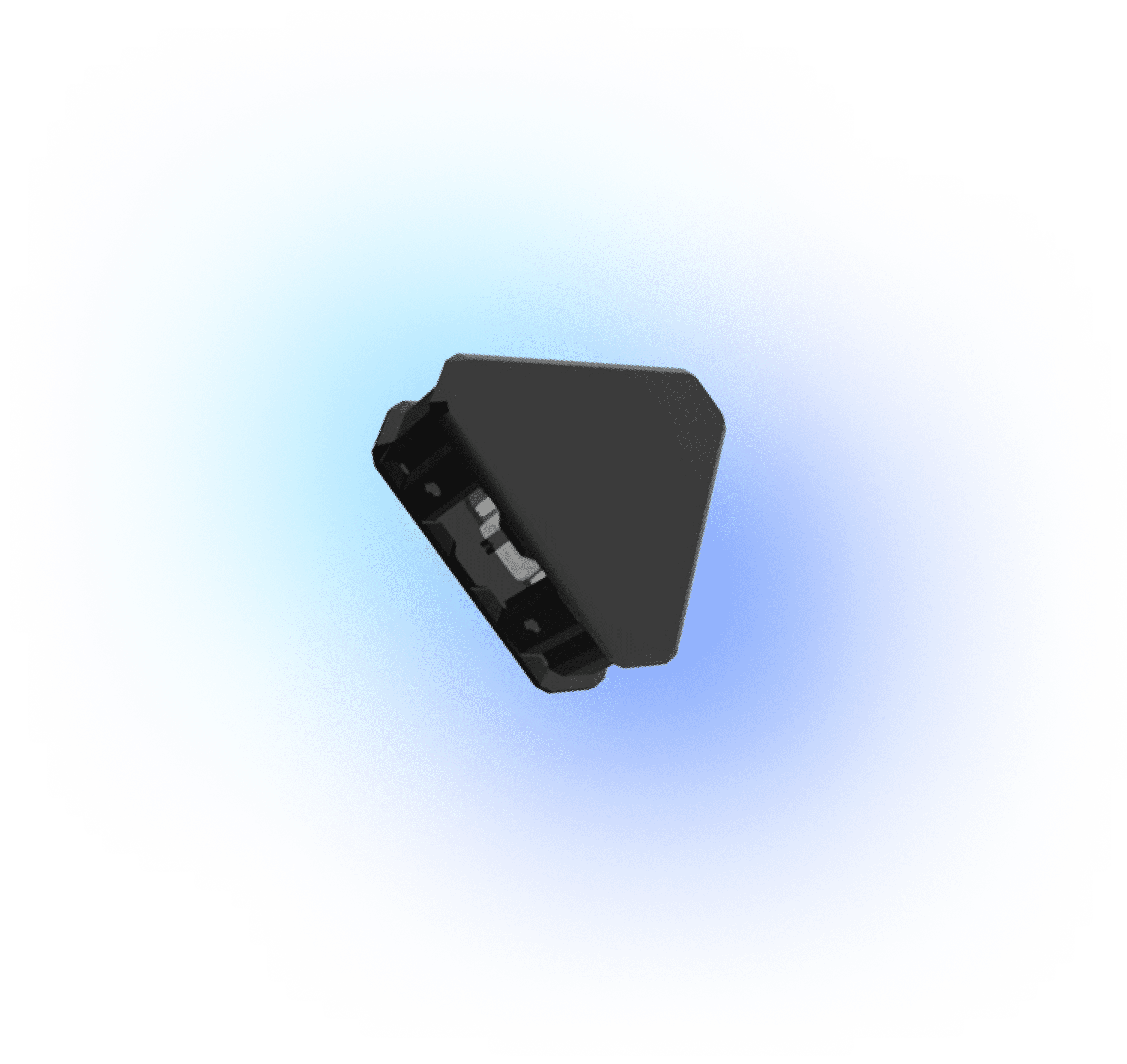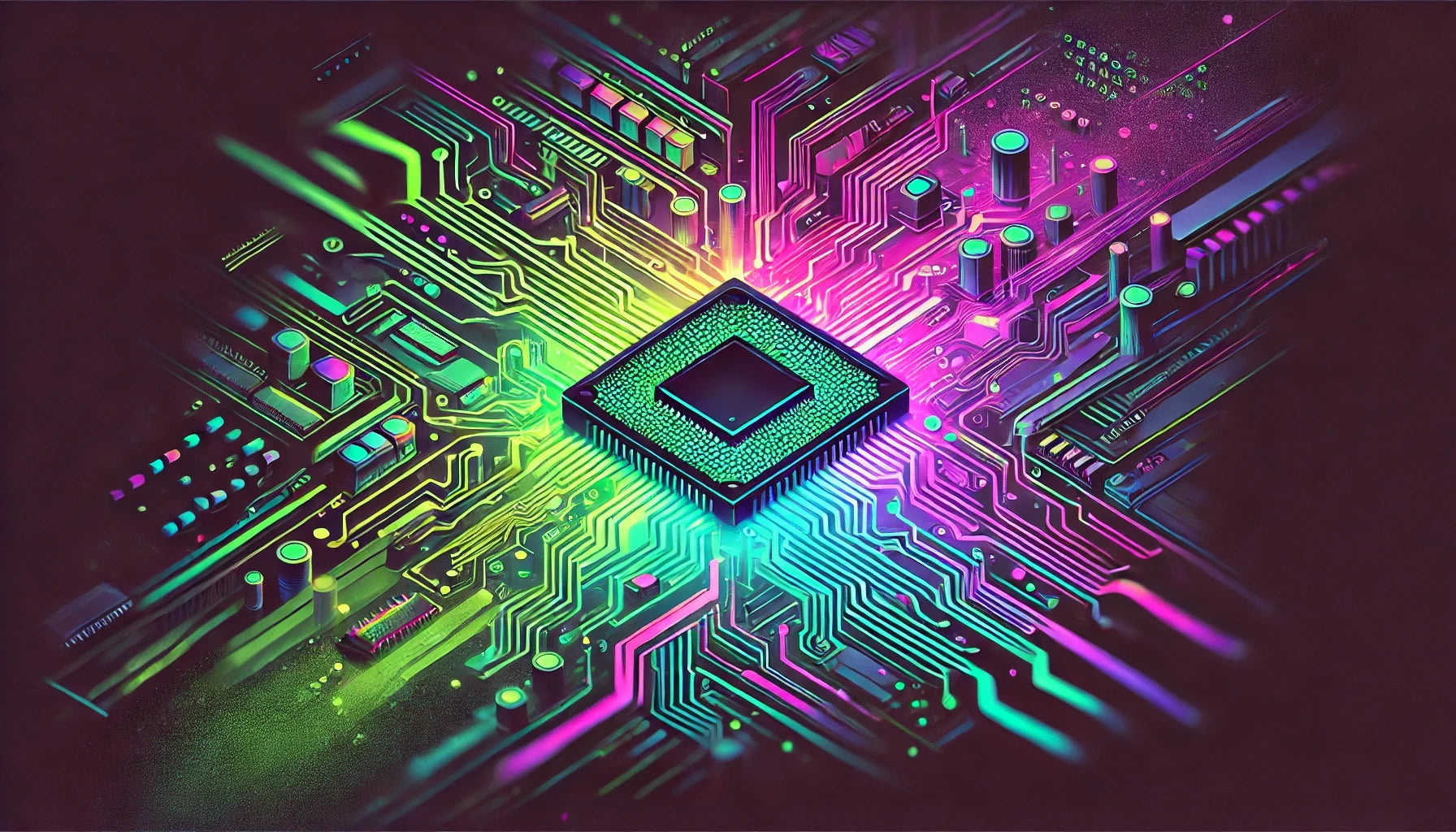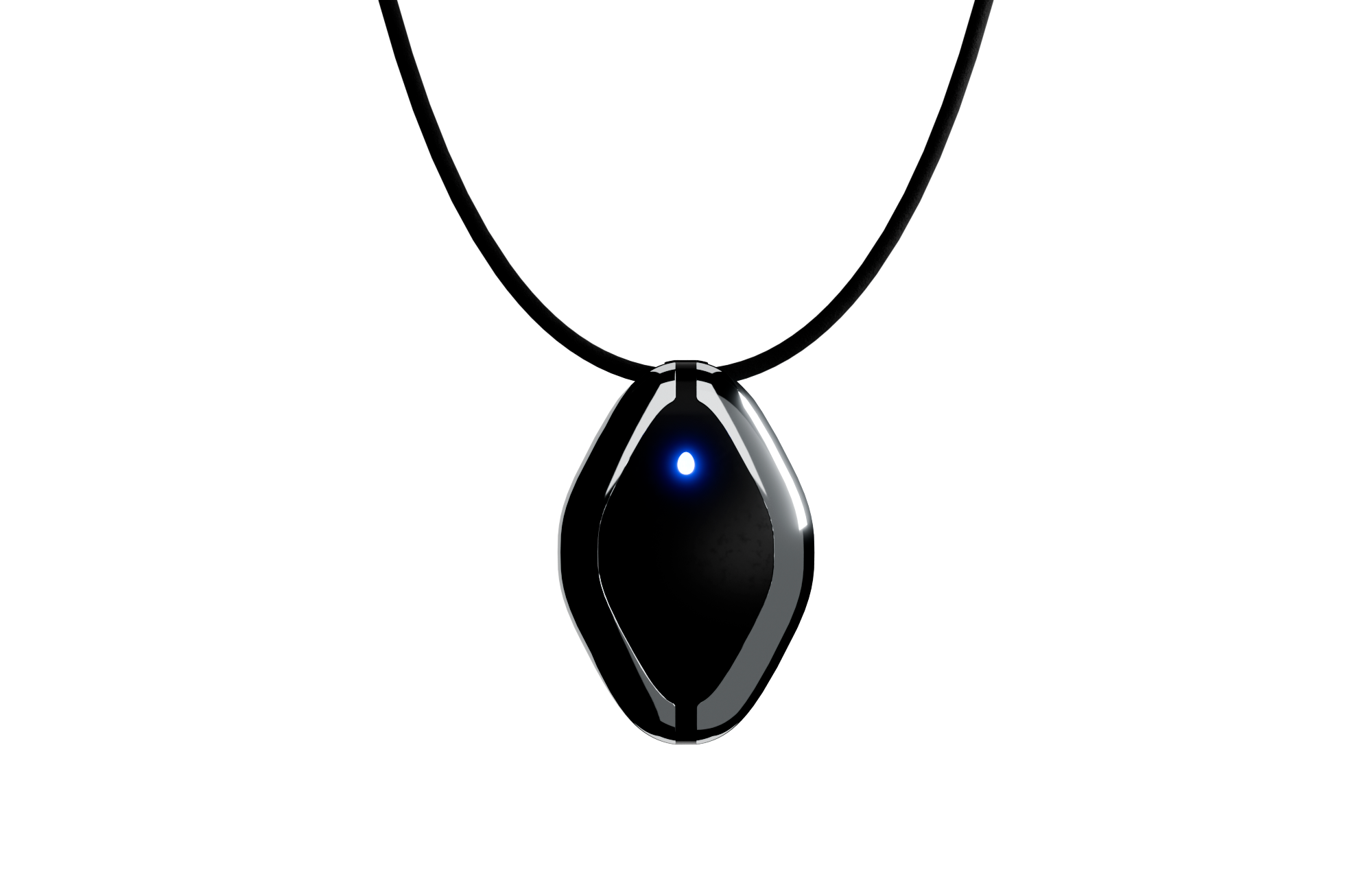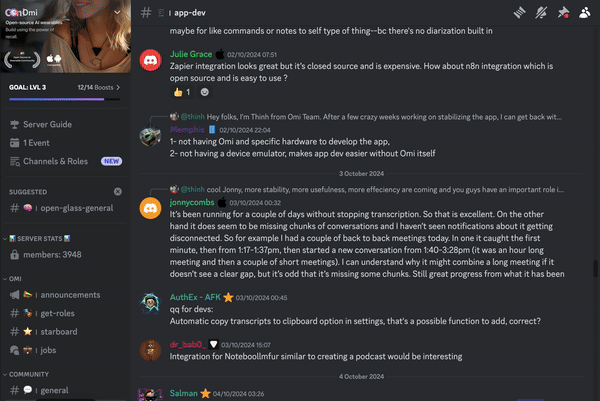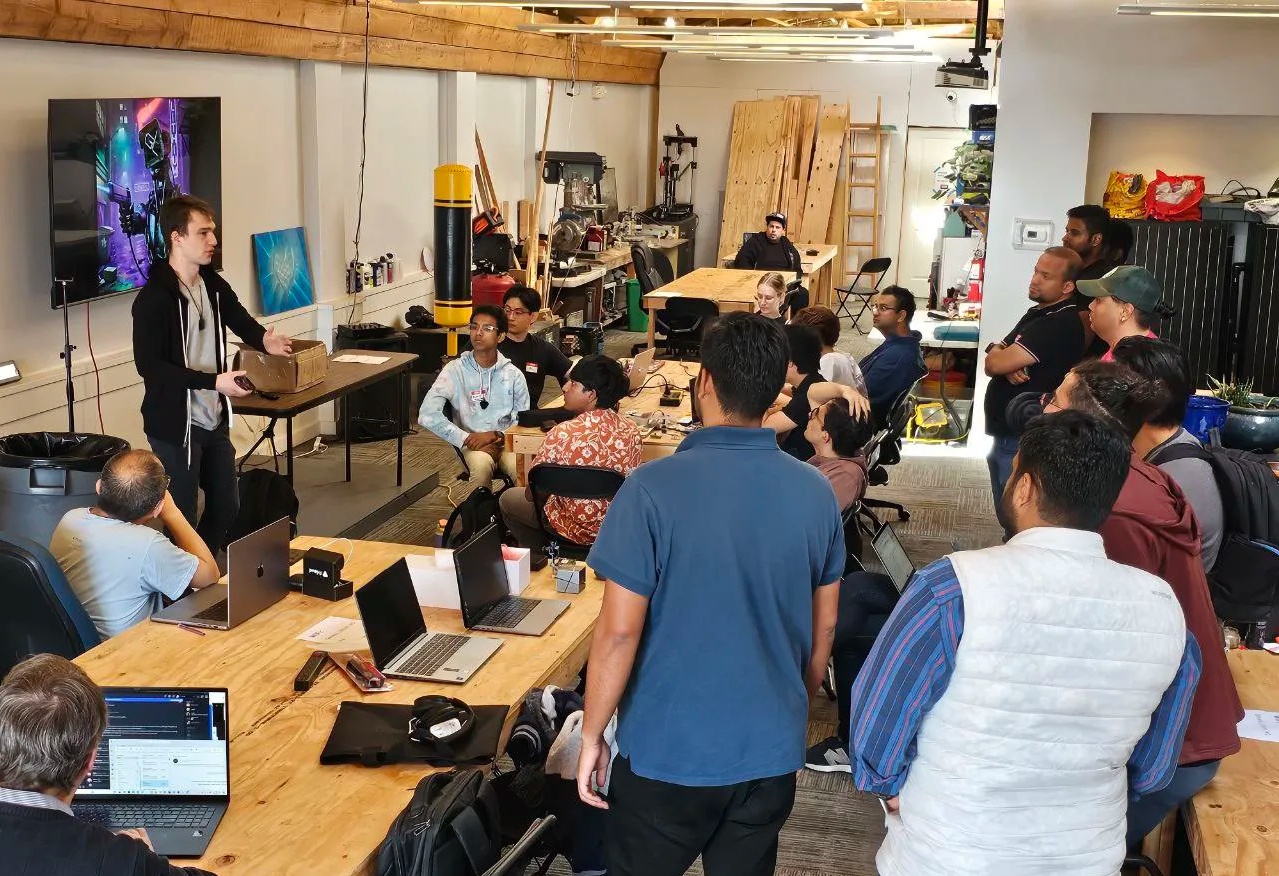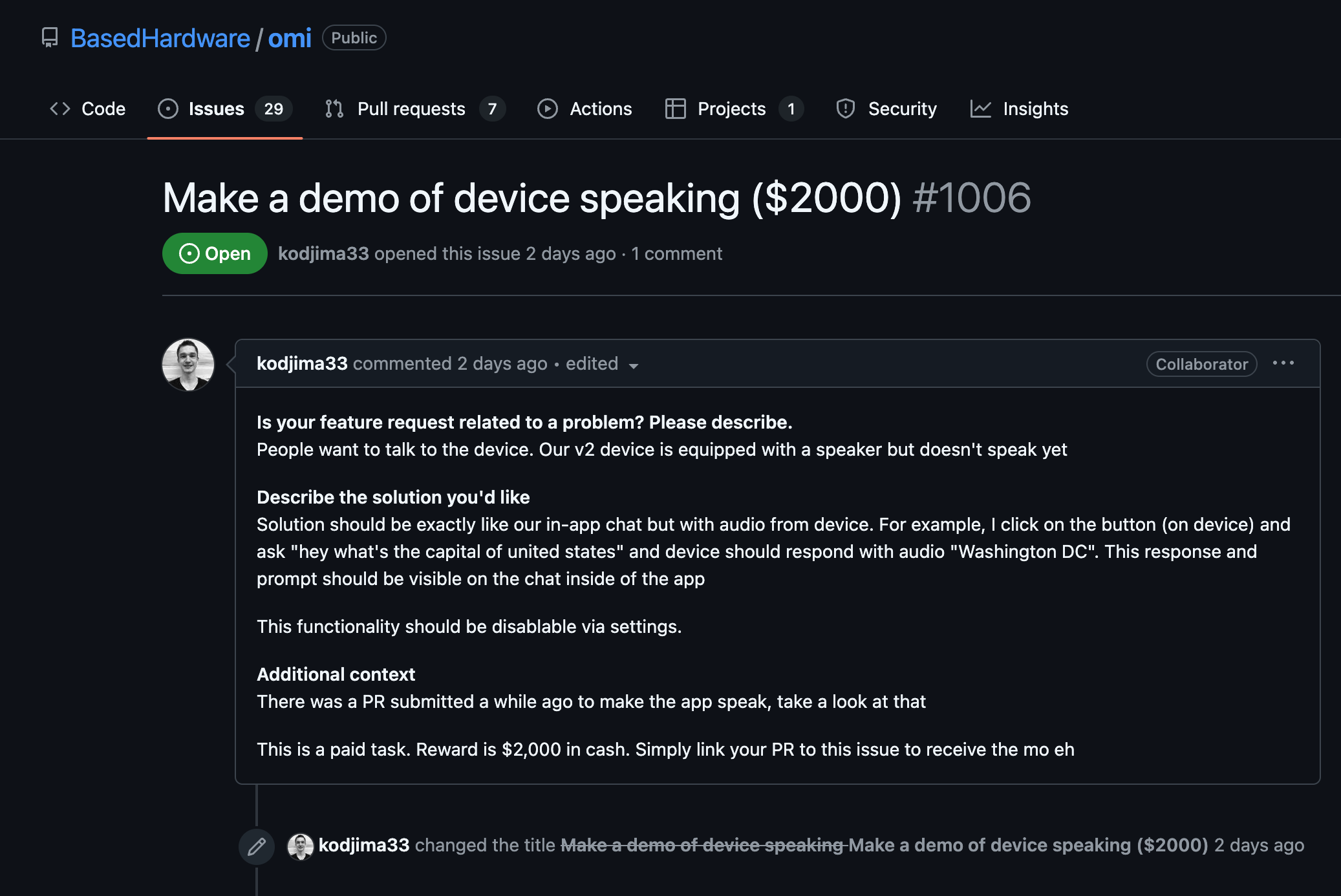Understand and Define Bootloader Requirements
- Evaluate the requirements of your firmware and hardware. Make decisions such as whether you need a secondary bootloader or if a primary one suffices.
- Consider constraints and specific functionalities, such as support for secure boot, communication interfaces, and flash memory size.
Choose the Right Bootloader Architecture
- Decide between a simple bootloader, which merely loads the main application, and a more complex one, which may include a debugger interface or networking capabilities.
- Plan for upgradability if remote updates are needed. Bootloaders often need a mechanism to verify and write new firmware to avoid bricking devices.
Set Up the Development Environment
- Ensure you have access to the toolchain specific to your architecture, such as GCC for ARM or AVR-GCC. This includes compilers, linkers, and debugging tools.
- Configure the IDE or text editor to handle the specific microcontroller to be used.
# Example for ARM environment setup
sudo apt-get install gcc-arm-none-eabi
Design the Bootloader Workflow
- Create a flowchart or pseudocode outlining the process at startup, the condition for firmware updates, the verification process, and the handoff to the main application.
- Determine how the bootloader will communicate with external interfaces, such as UART, USB, or network. Proper initialization and configuration are key.
Create Bootloader Source Code
- Begin with initializing peripherals necessary for bootloader operation. This includes communication interfaces for firmware updates.
- Write initialization code to set up critical sections of memory and stack pointers. This is crucial for stability.
#include <stdio.h>
// Define function for initializing the system
void SystemInit() {
// Initialize clock, peripherals, and memory
}
// Define bootloader main function
void Bootloader_Main() {
SystemInit();
while (1) {
// Monitor for firmware updates
}
}
int main() {
Bootloader_Main();
return 0;
}
Implement Firmware Update Mechanism
- Develop functions to read the new firmware from communication interfaces and store it safely in memory. This may involve CRC checks or hash verifications to ensure integrity.
- Implement error handling to cope with interrupted upgrades, possibly providing a rollback mechanism or failsafe boot process.
bool VerifyFirmwareImage() {
// Implement verification logic (e.g., checksum)
return true; // Return true if successful
}
void StartFirmwareUpdate() {
if (VerifyFirmwareImage()) {
// Code to write firmware to memory
} else {
// Handle verification failure
}
}
Test and Debug the Bootloader
- Use debugging tools and simulators specific to the microcontroller to step through the code, checking for memory access violations and ensuring stability.
- Conduct tests on actual hardware. It's crucial to test under varying conditions, such as power loss during the update process, to ensure reliability.
Integrate with Main Application
- Ensure the bootloader correctly transfers control to the main application. This usually involves resetting specific microcontroller registers or pointers.
- Coordinate with developers working on the main application to align expectations about how the bootloader hands over control.
Documentation and Maintenance
- Document the bootloader's behavior, limitations, and usage instructions. It's critical for future development and maintenance.
- Keep the bootloader code modular enough to incorporate updates and new features as needed.
Consider Security Features
- Implement cryptographic measures, such as signing firmware images, to prevent unauthorized code from being executed.
- Include secure boot mechanisms where feasible, which verify the authenticity of the executing code before transferring control to it.
bool CheckSignature(const char* image) {
// Example signature checking logic
return true; // Assume check passed for illustration
}













